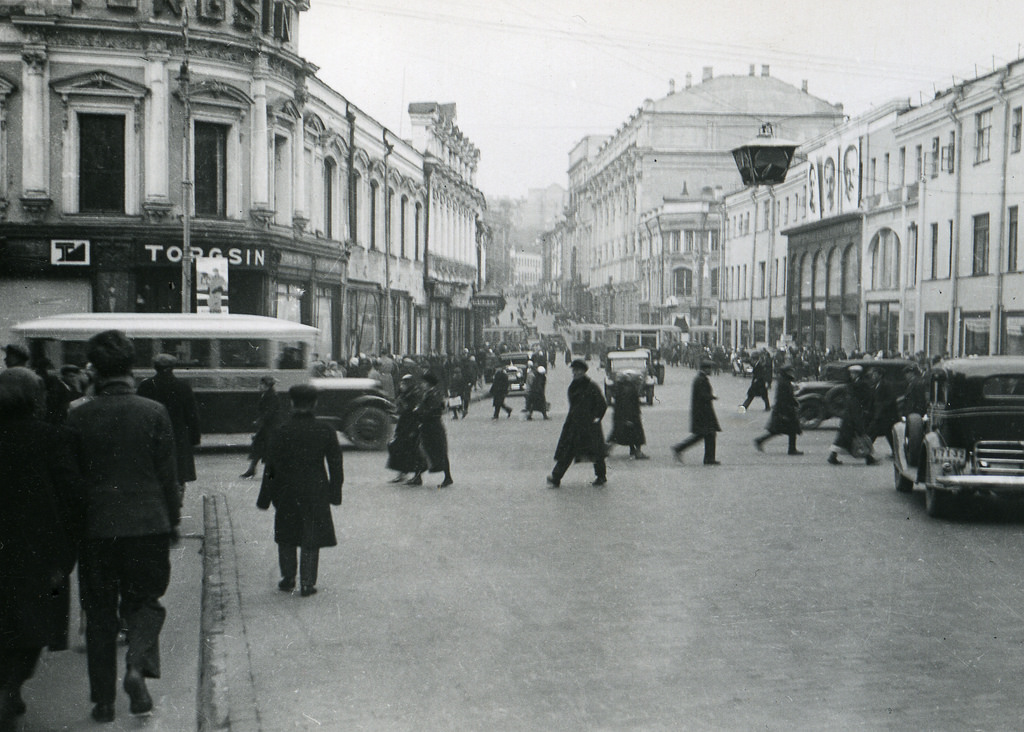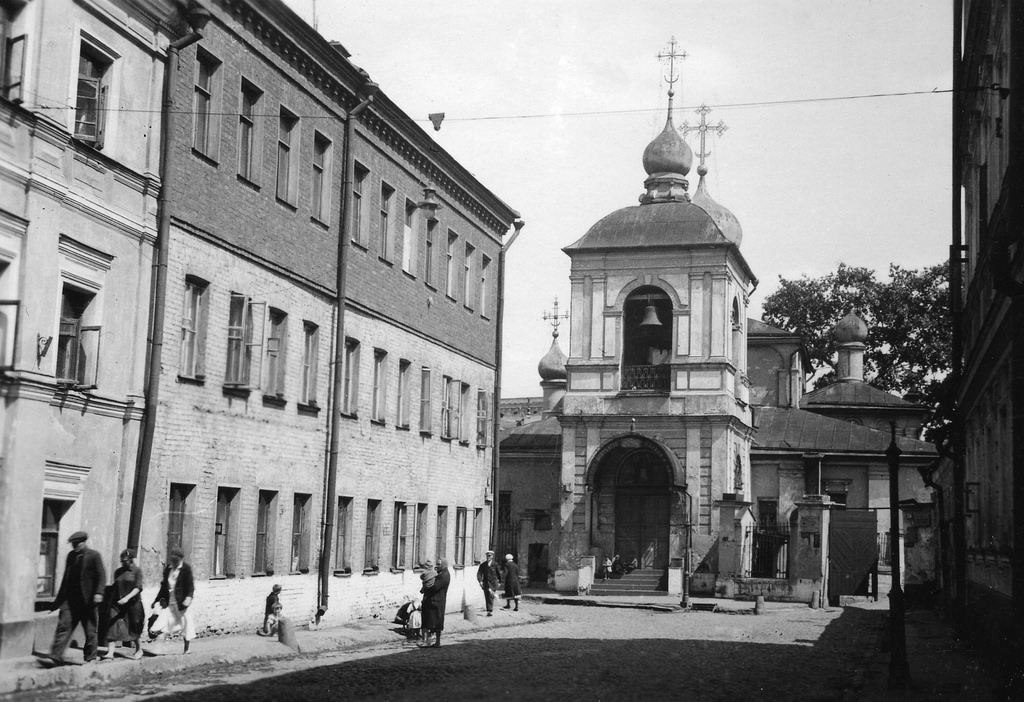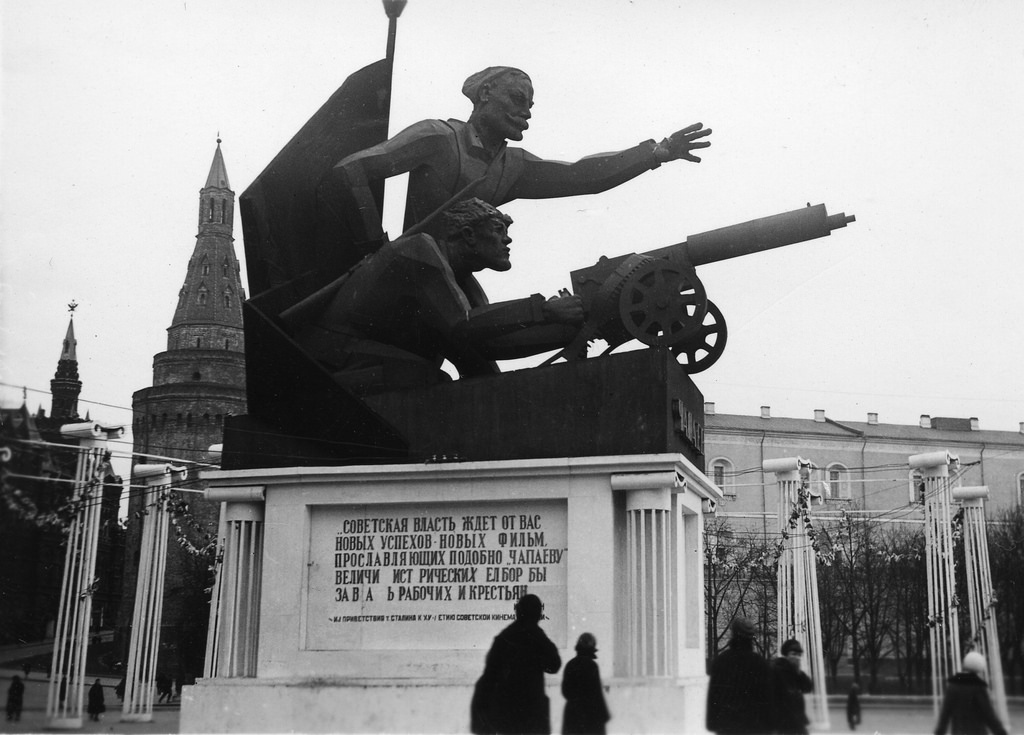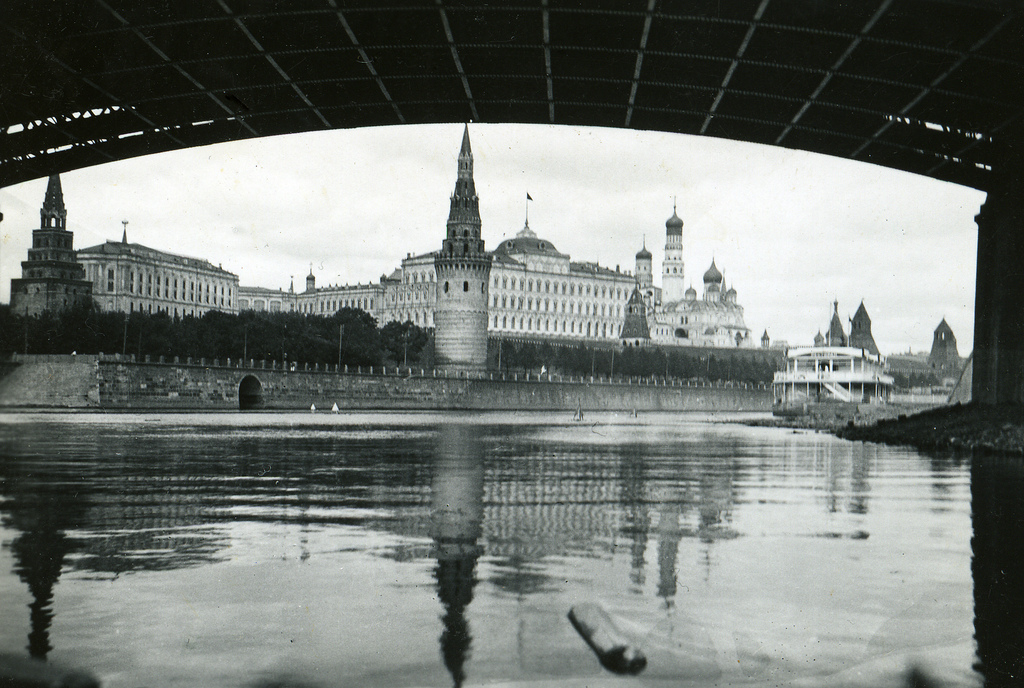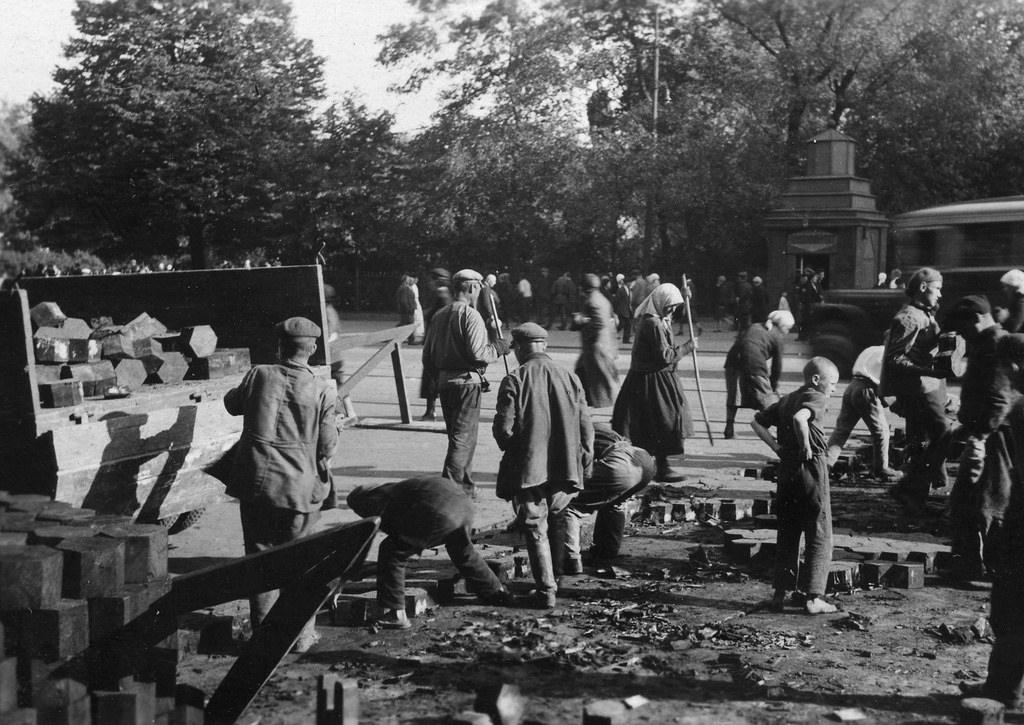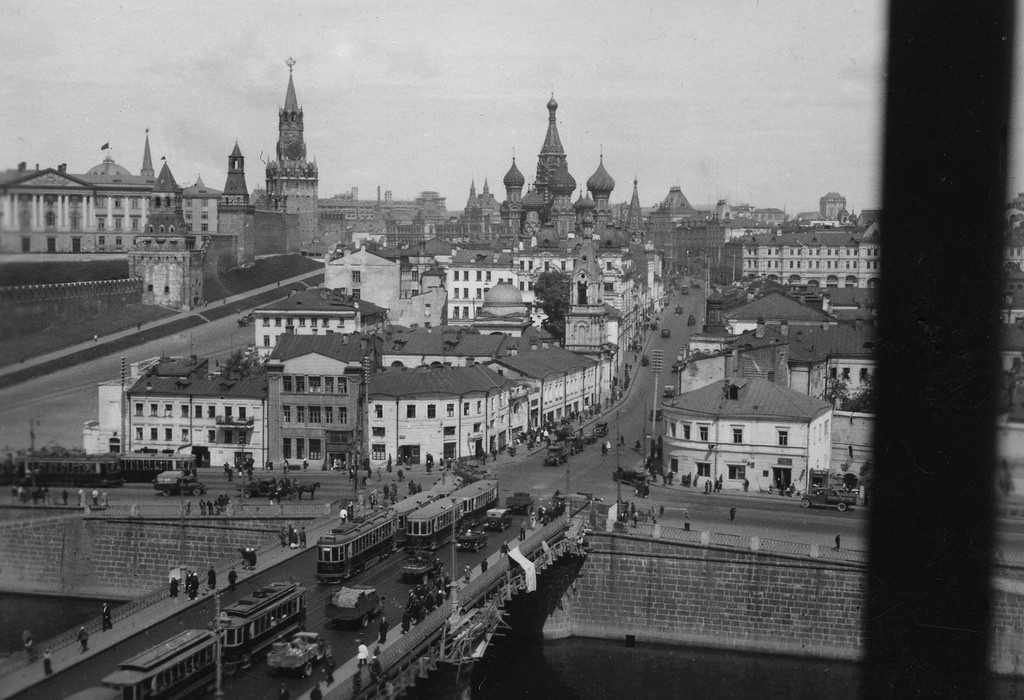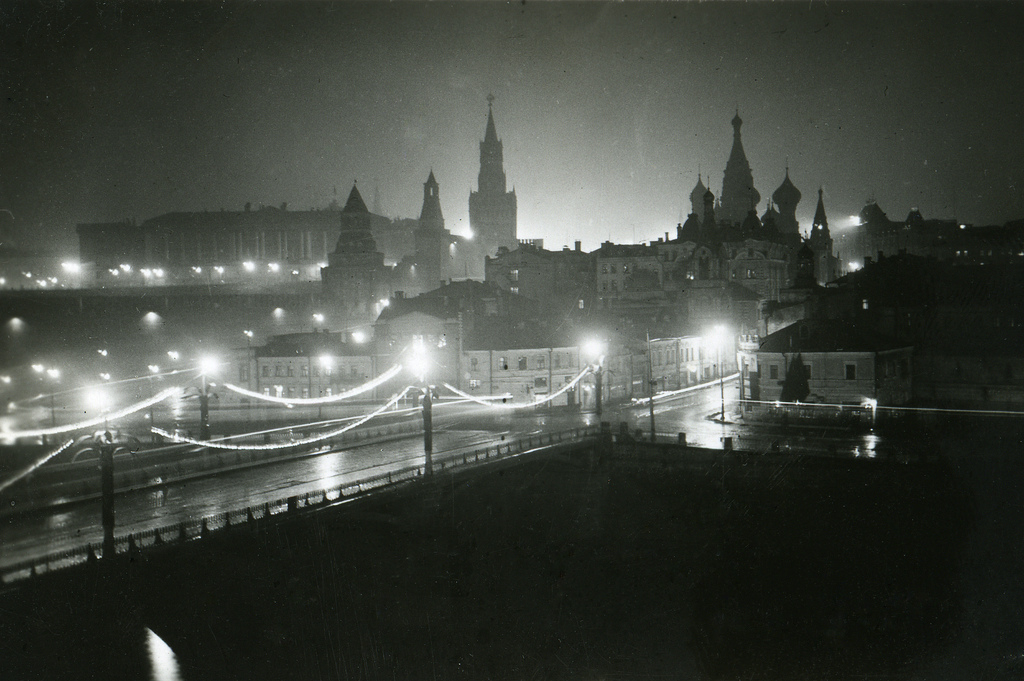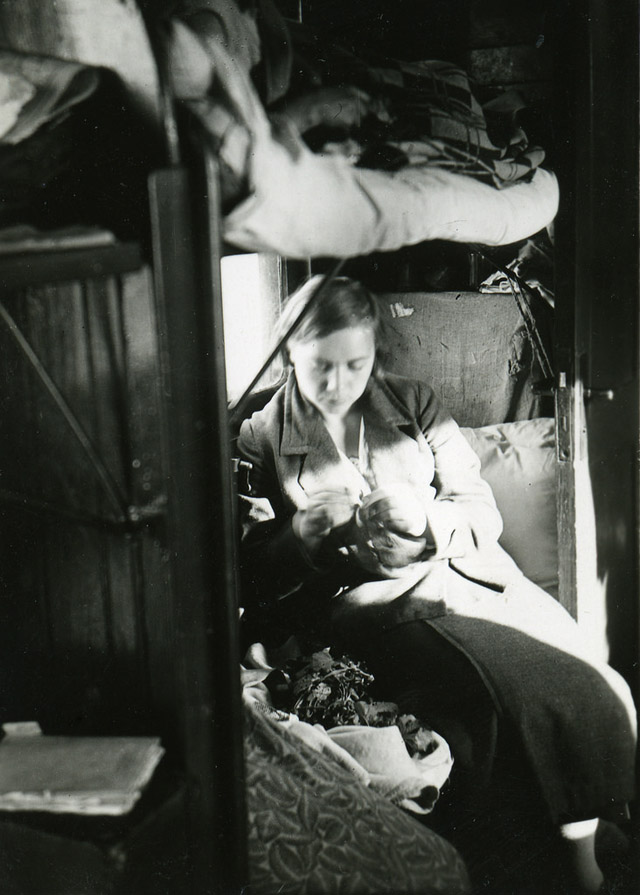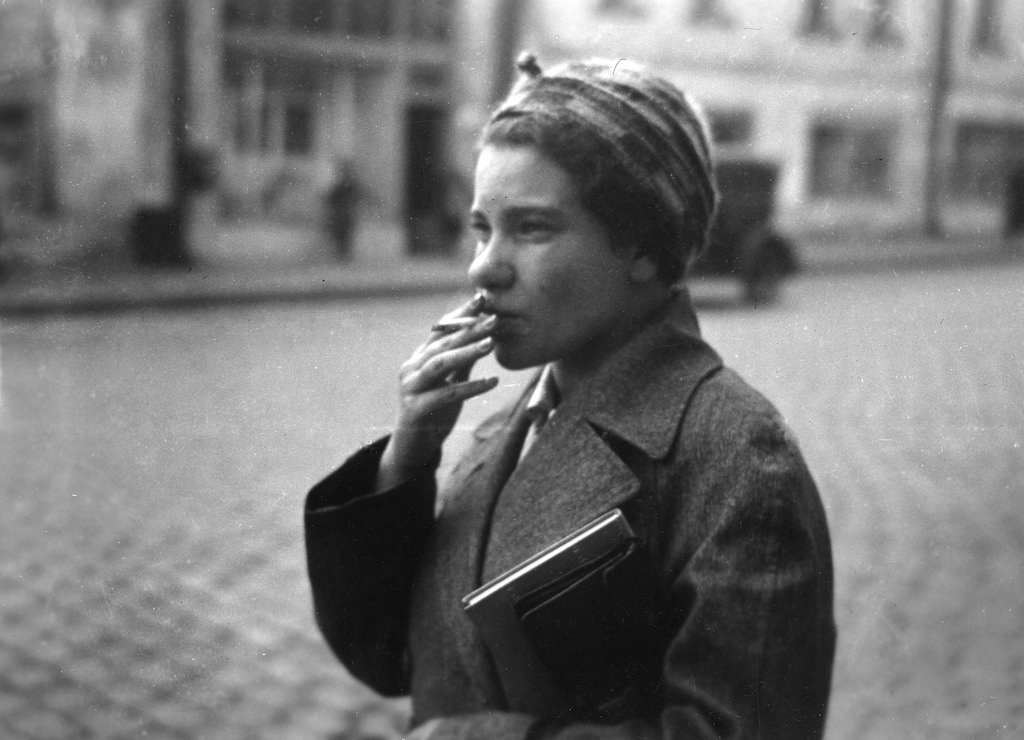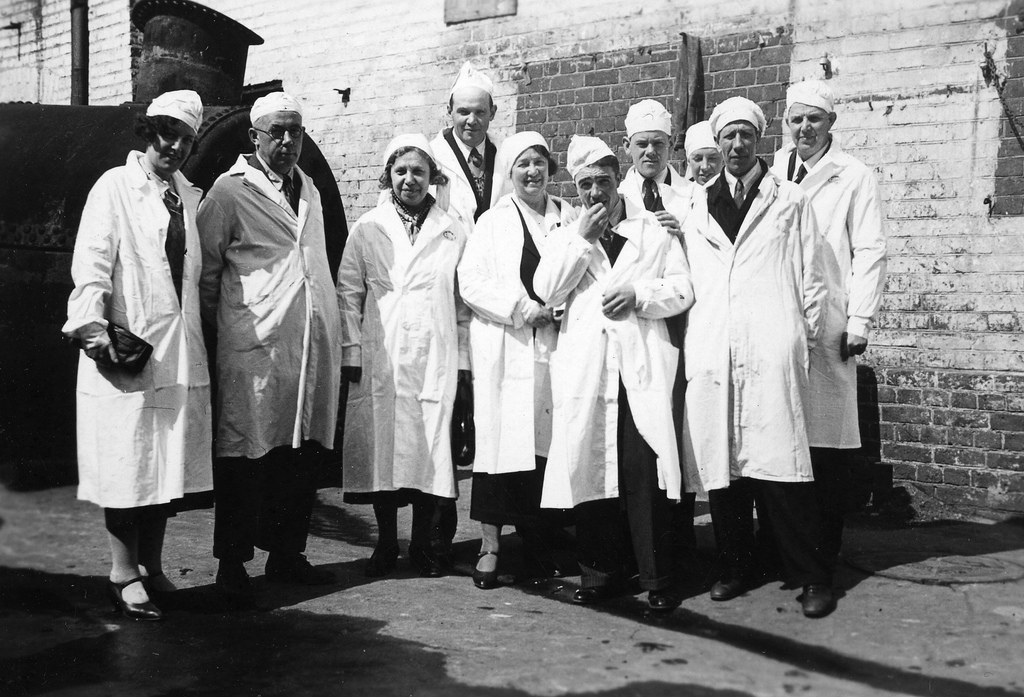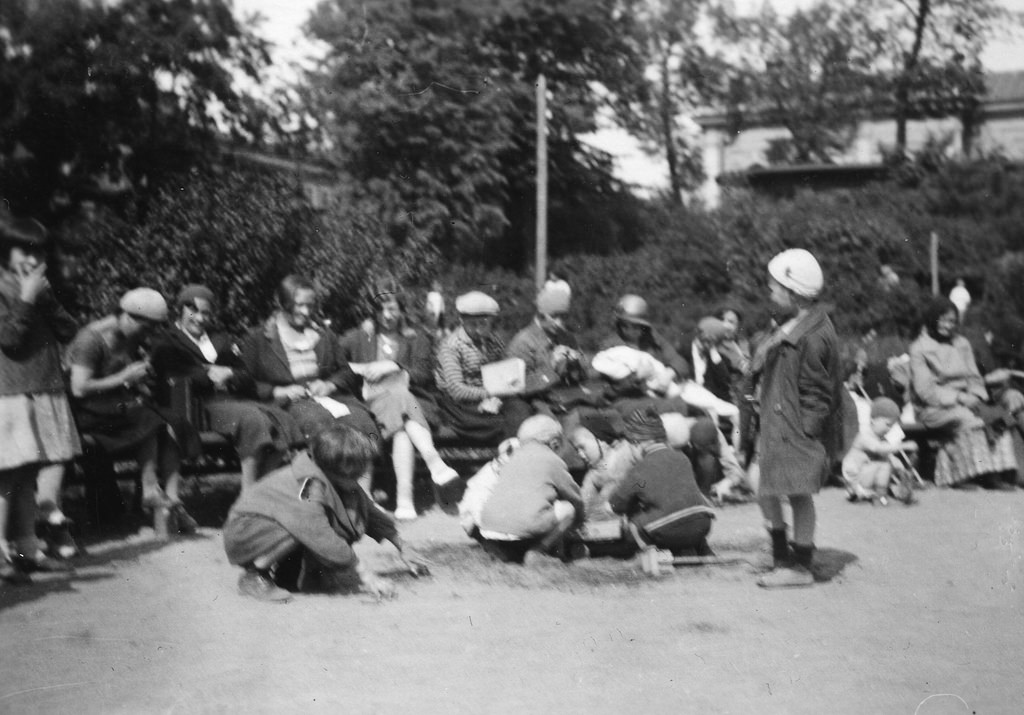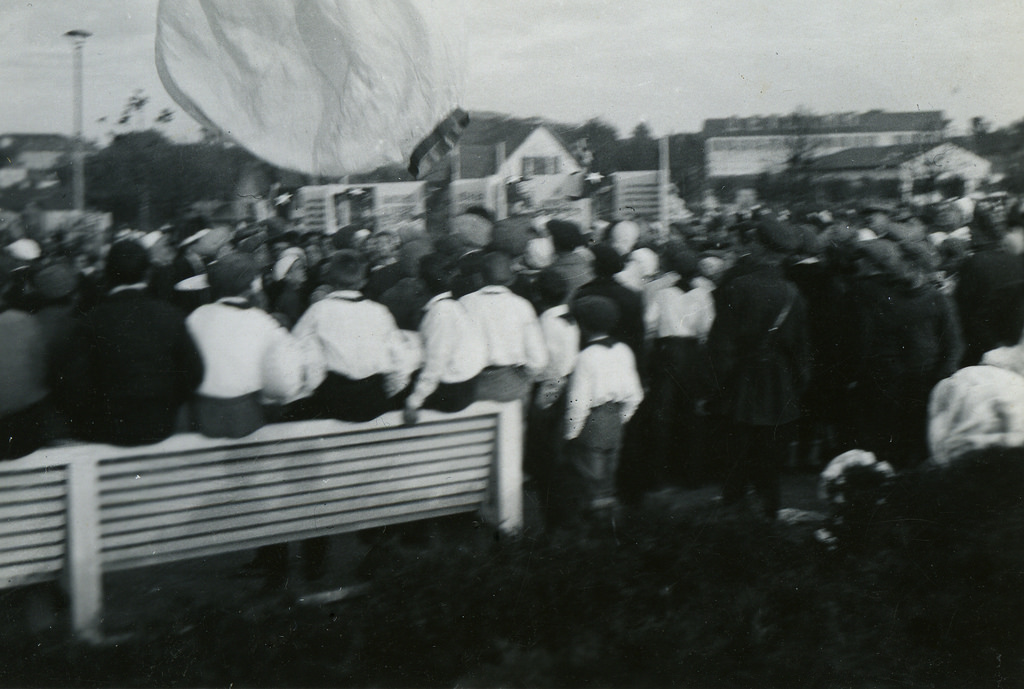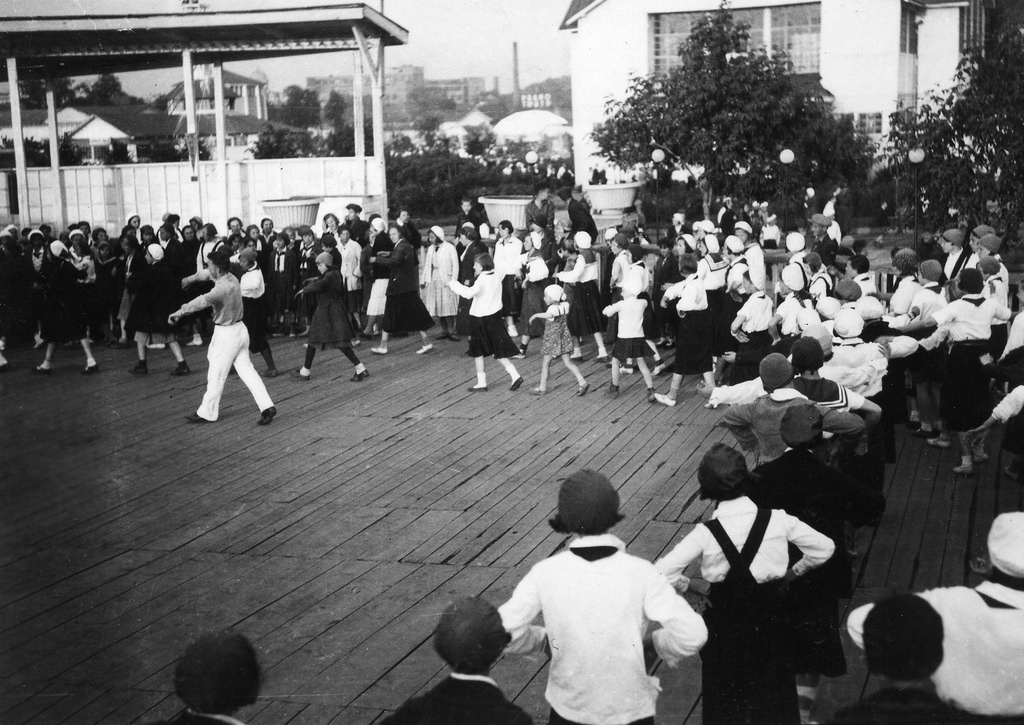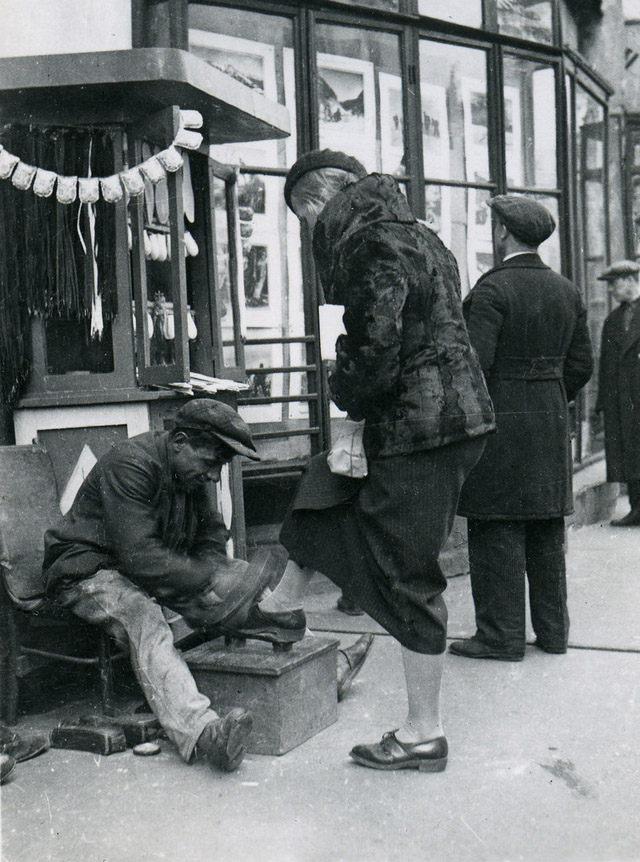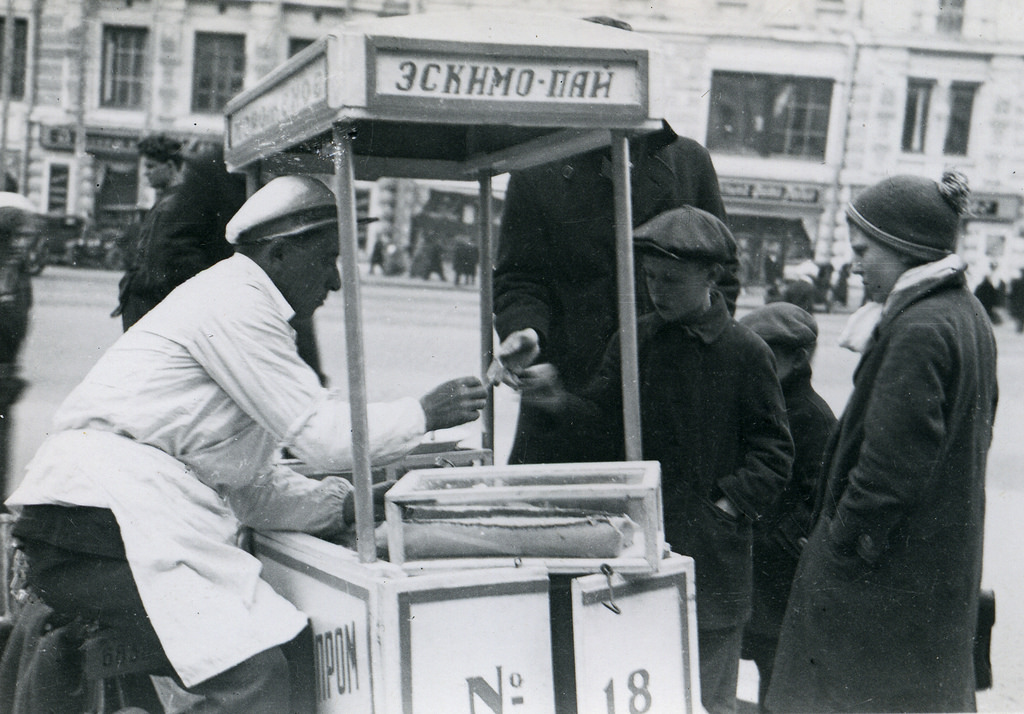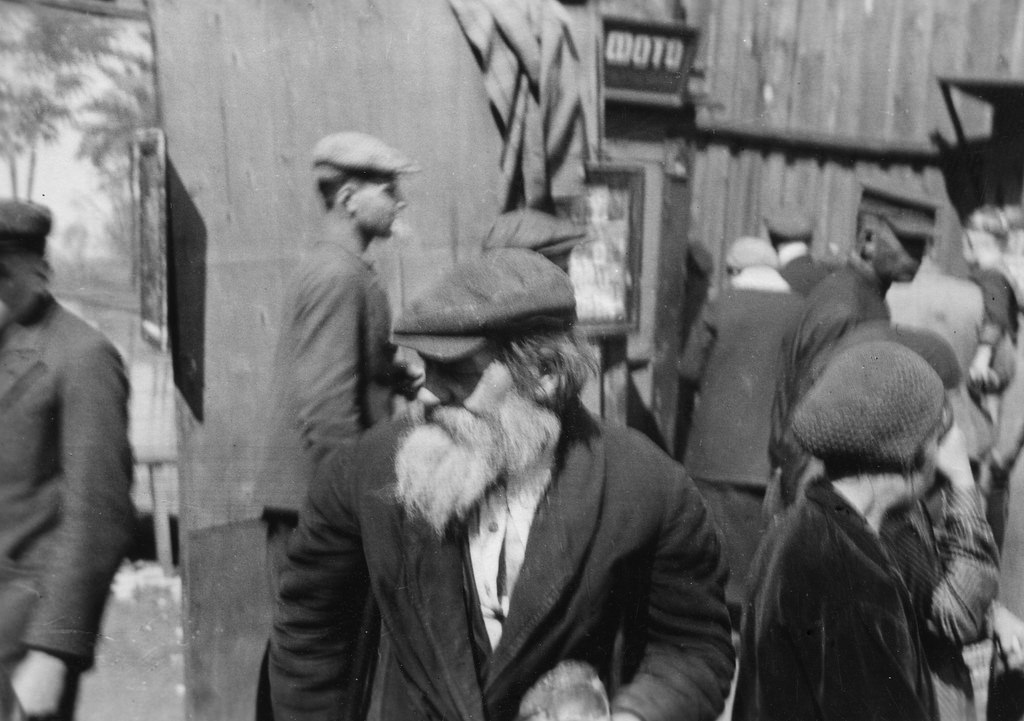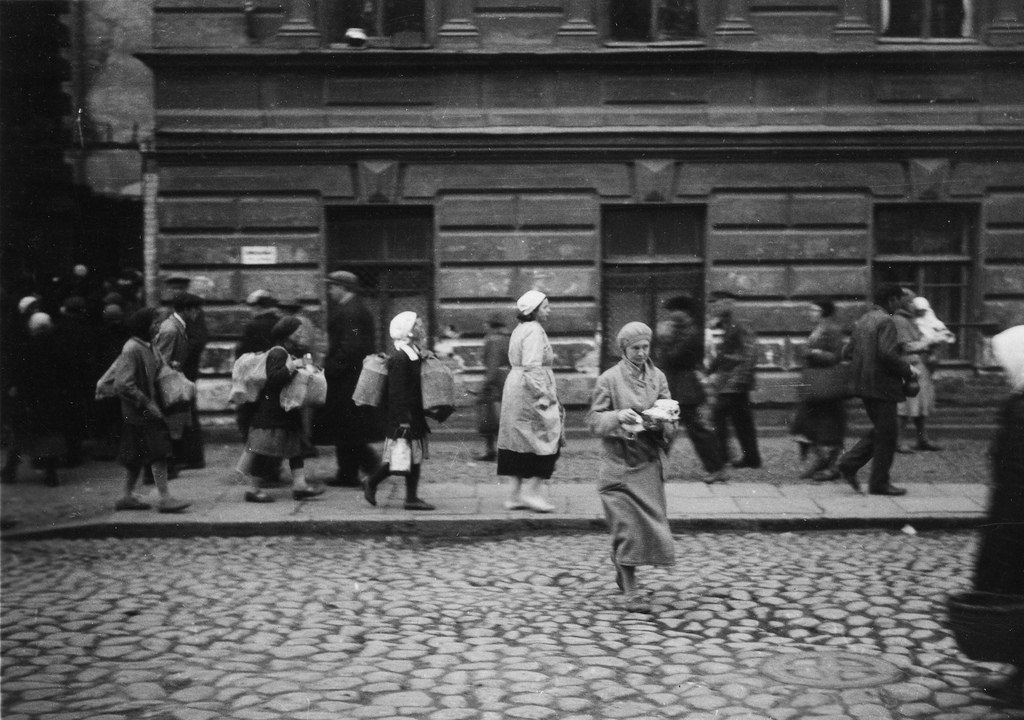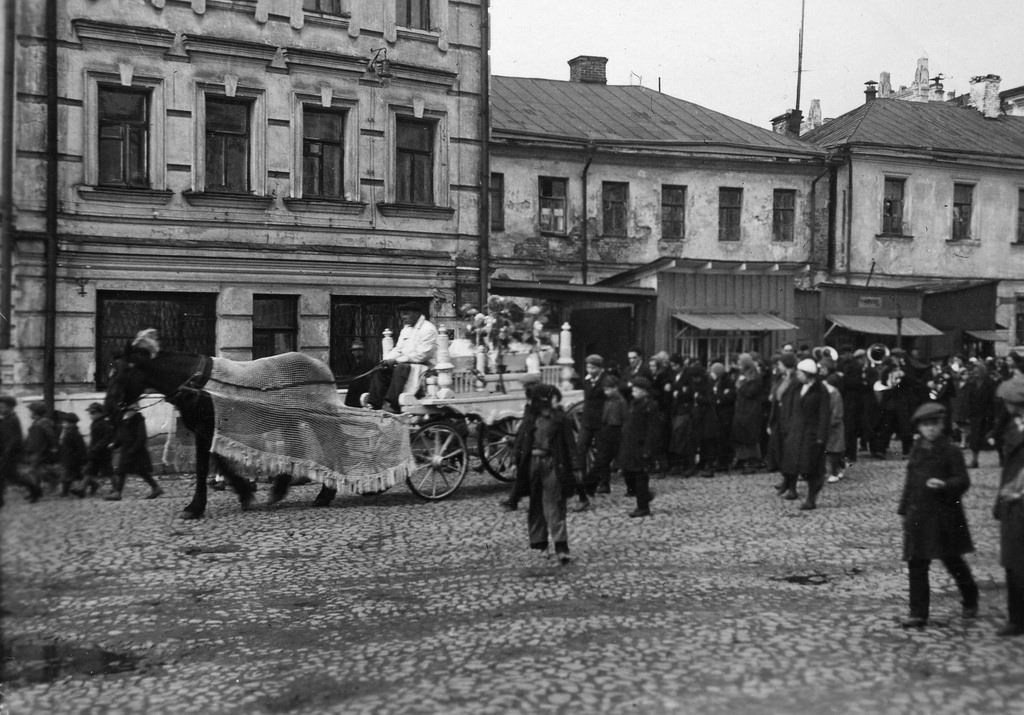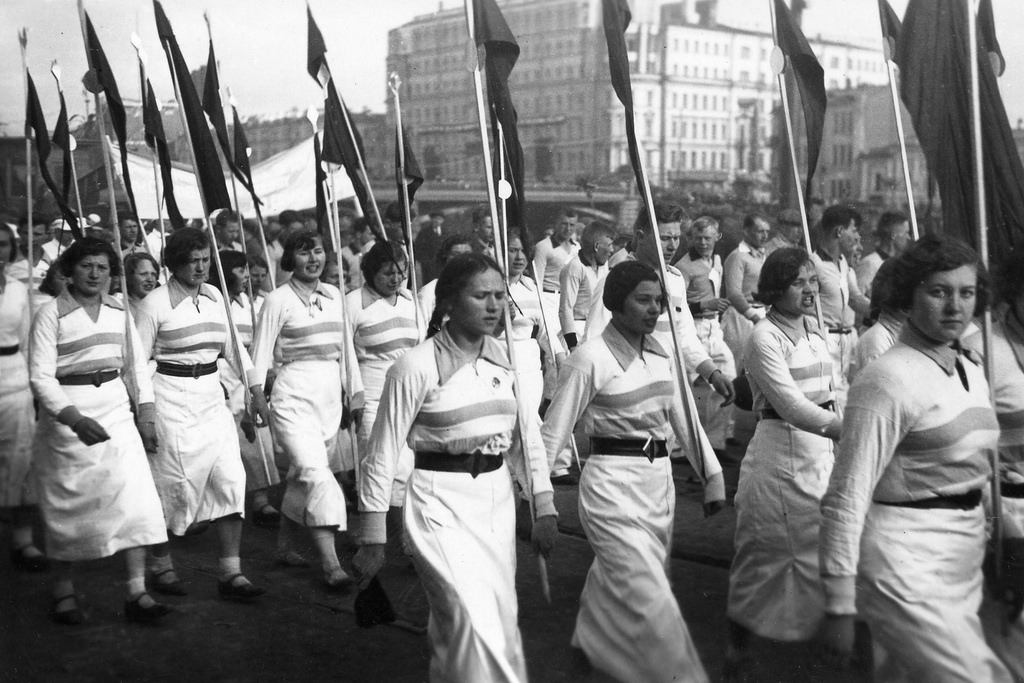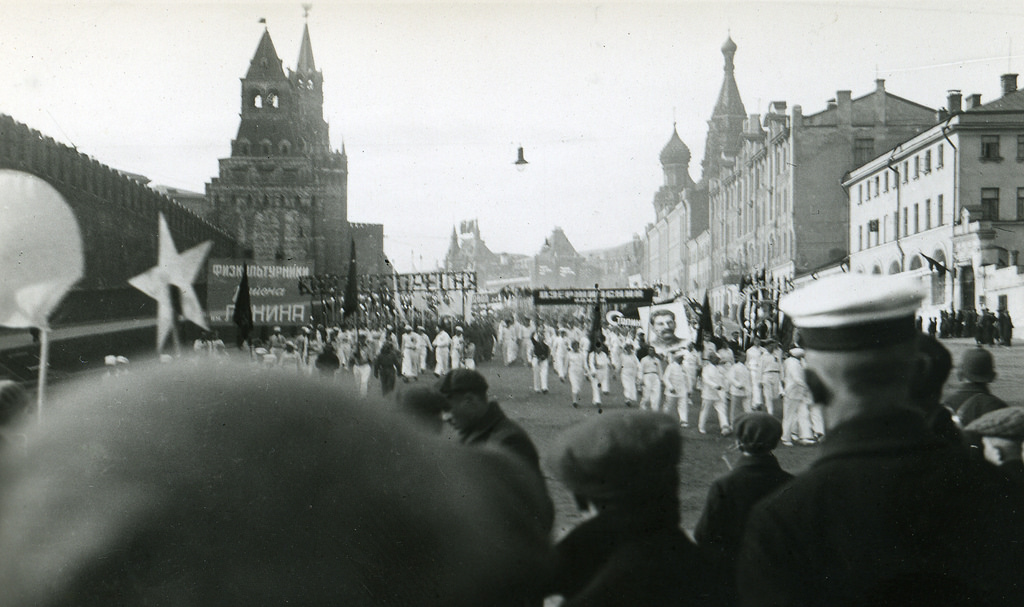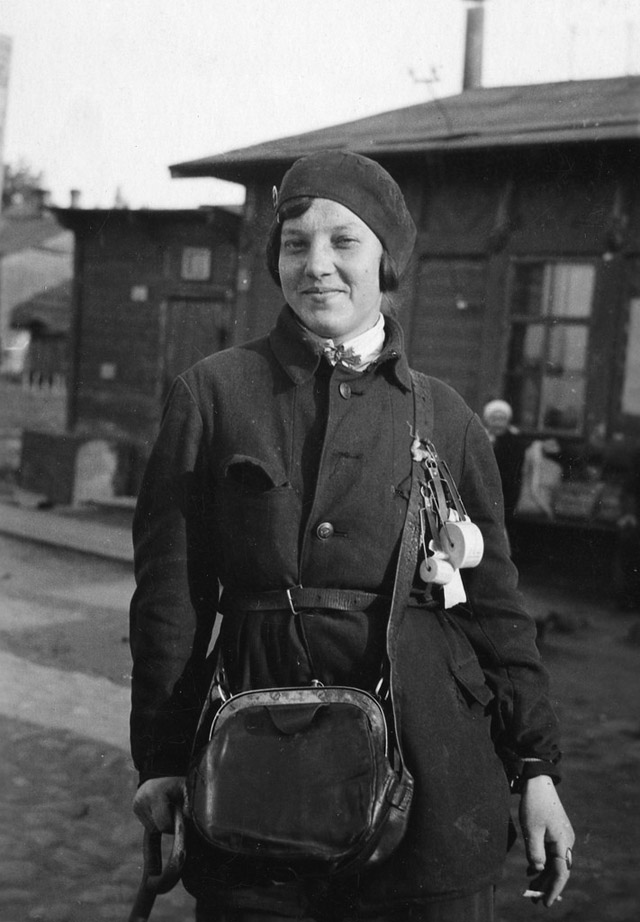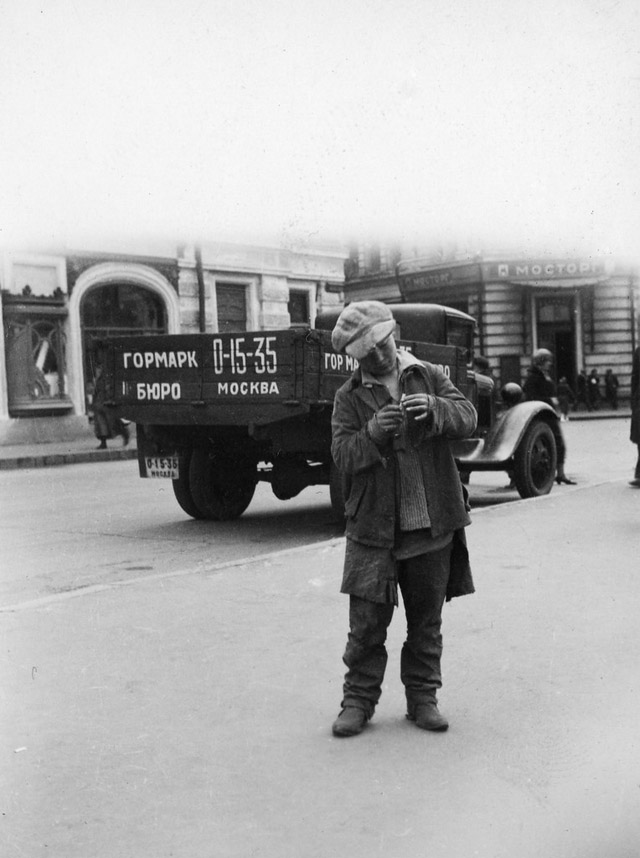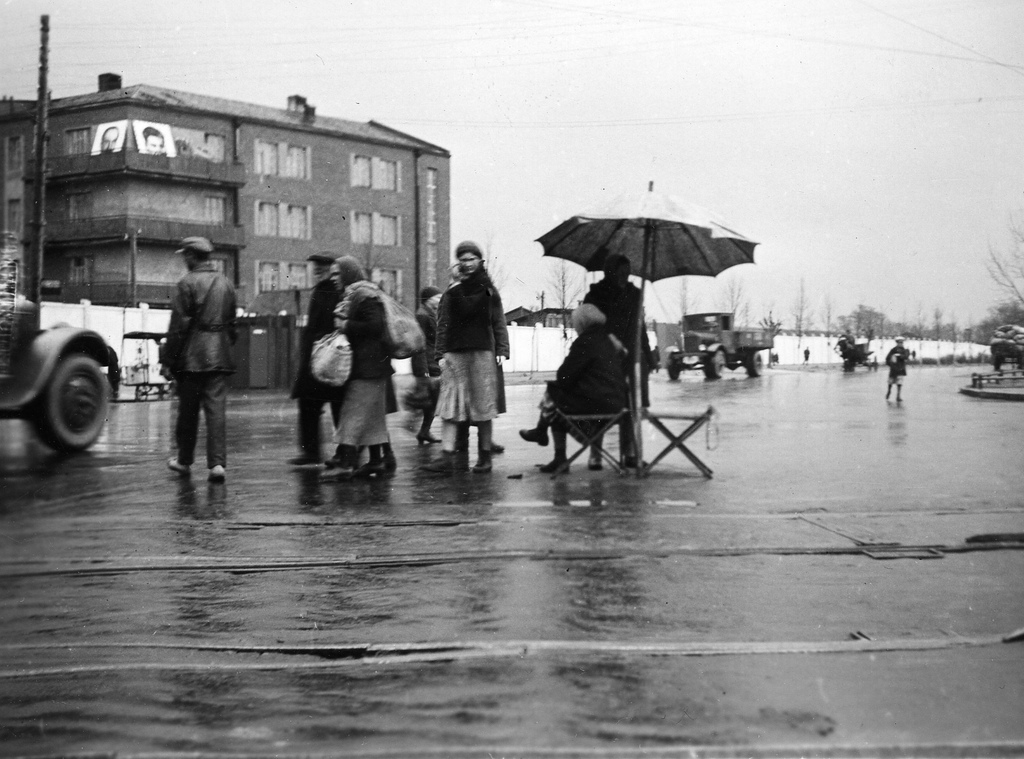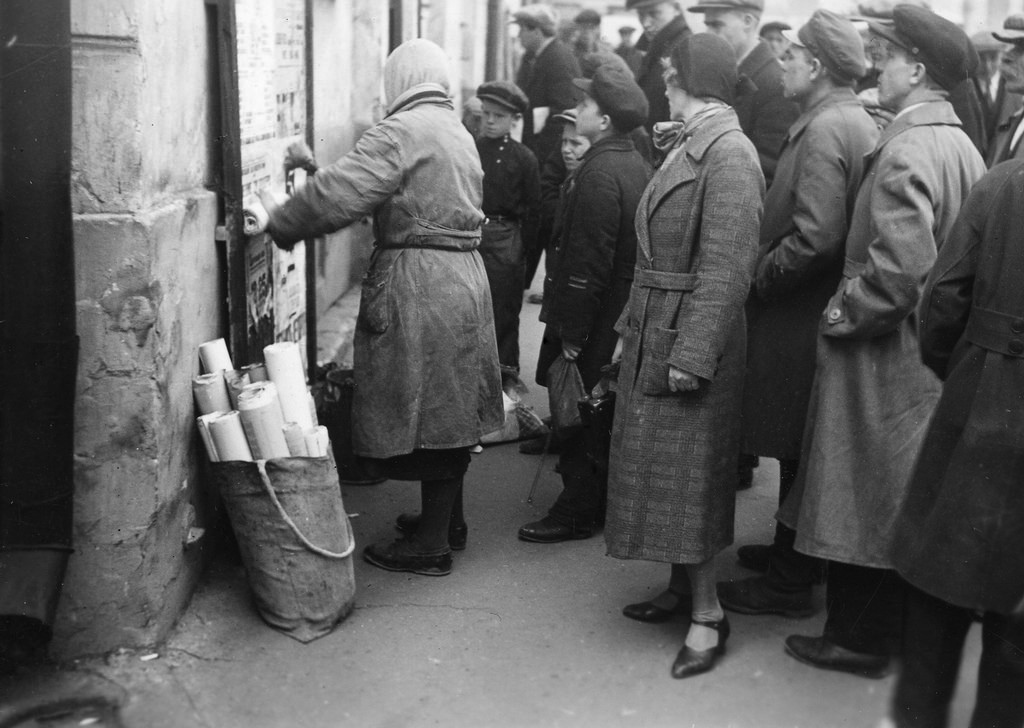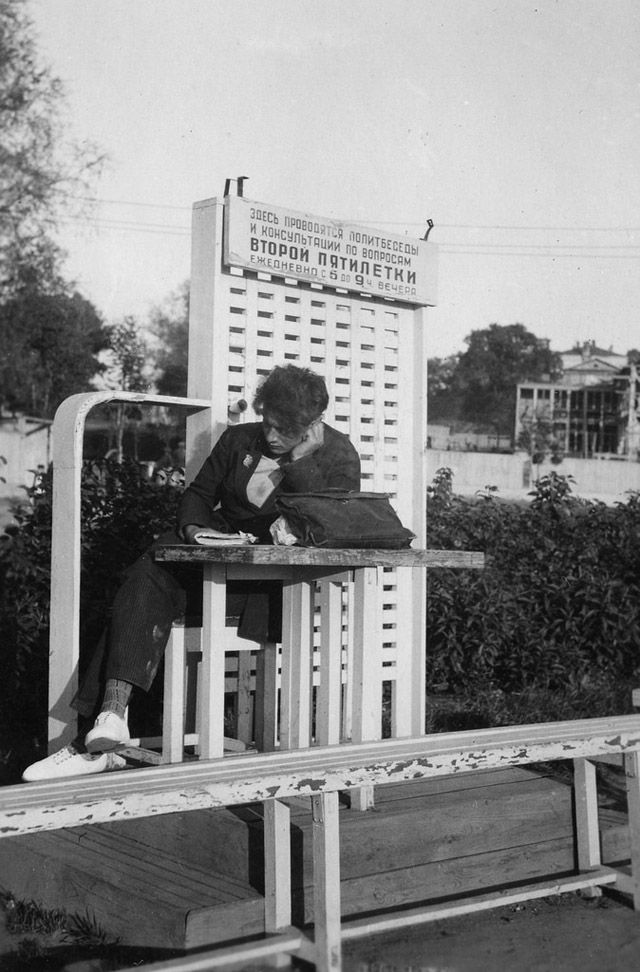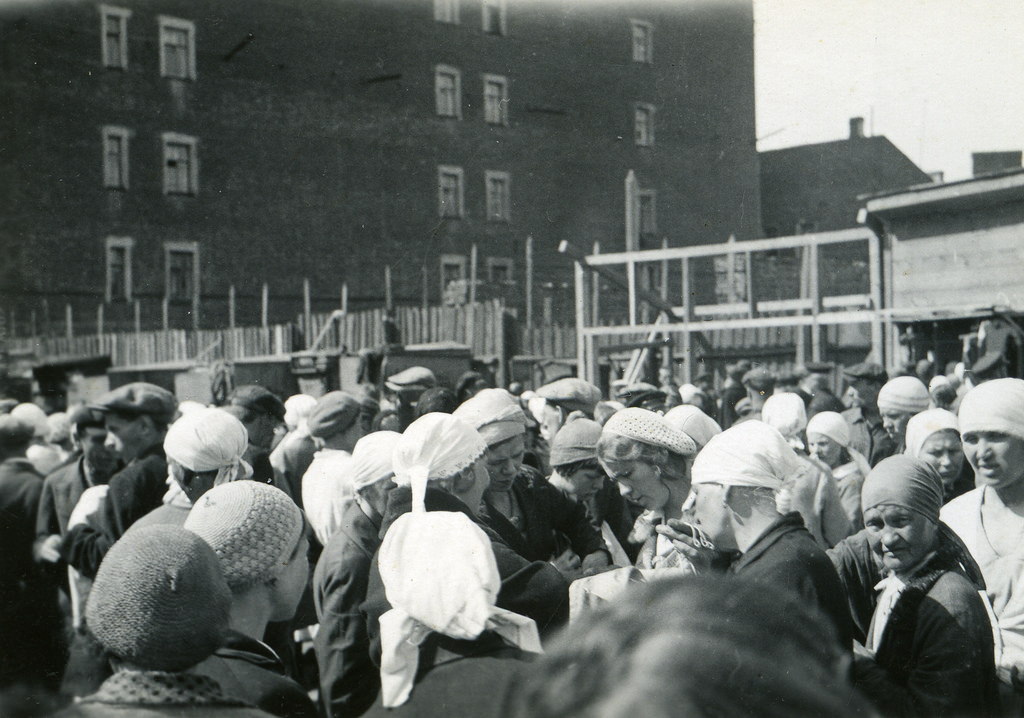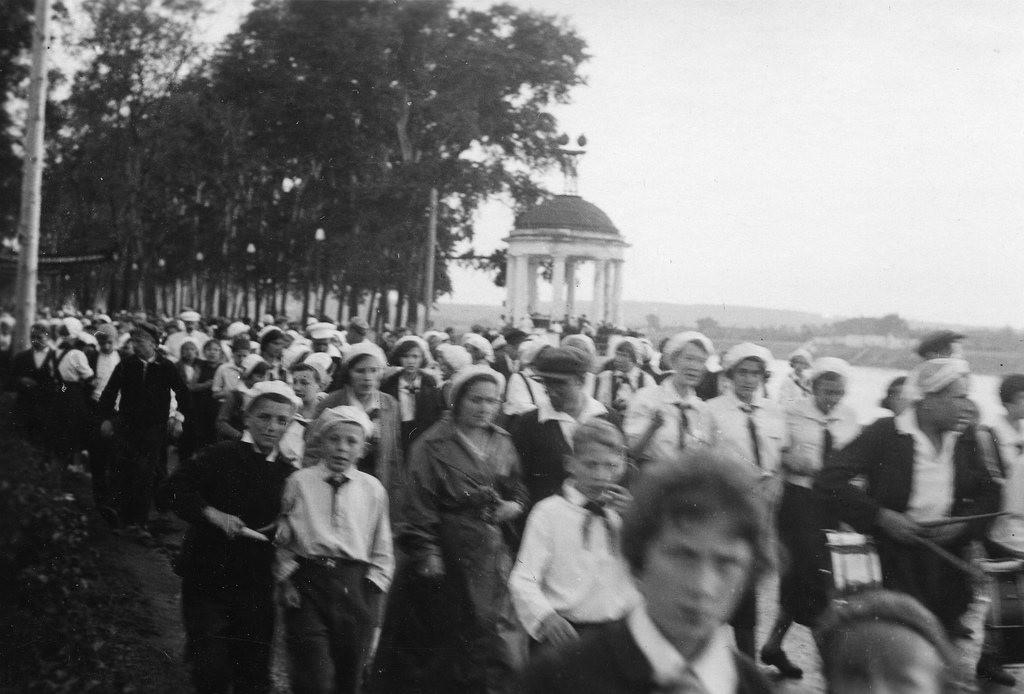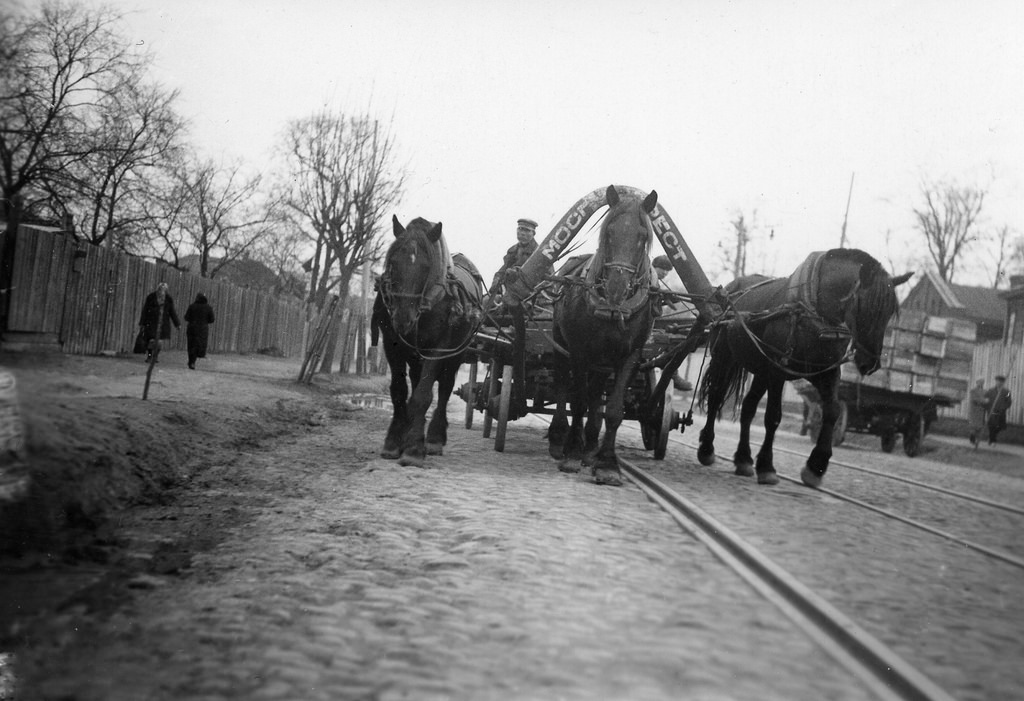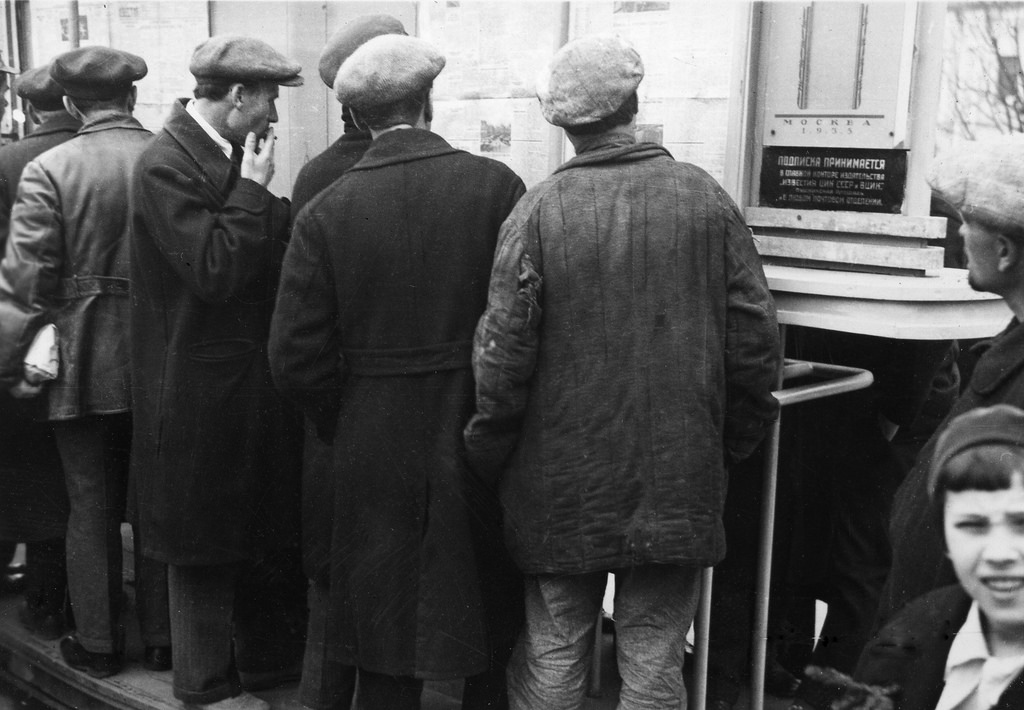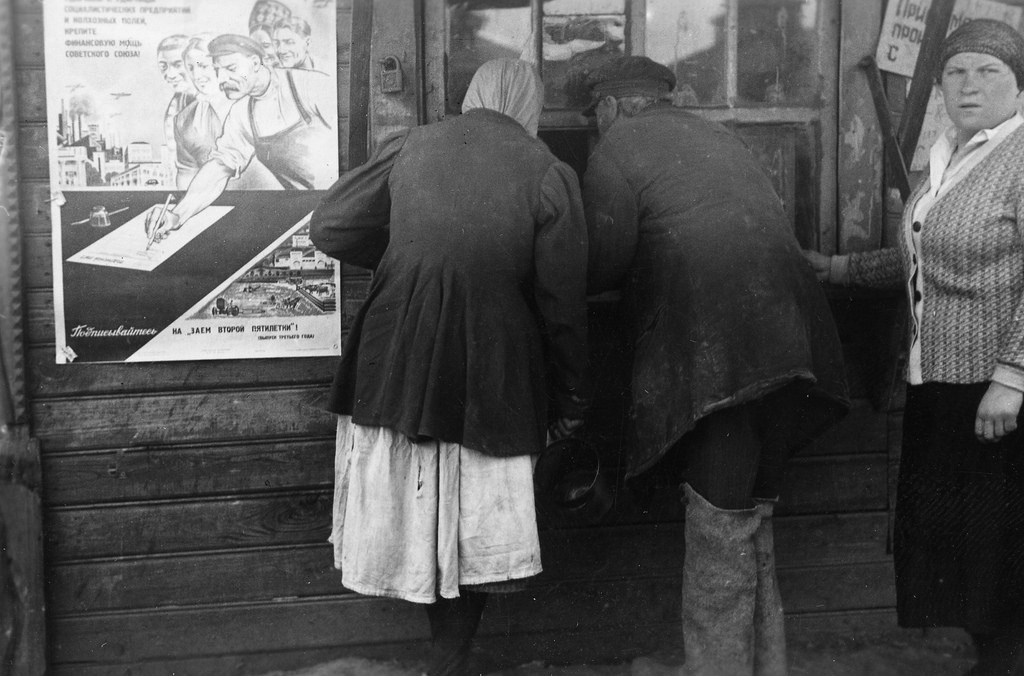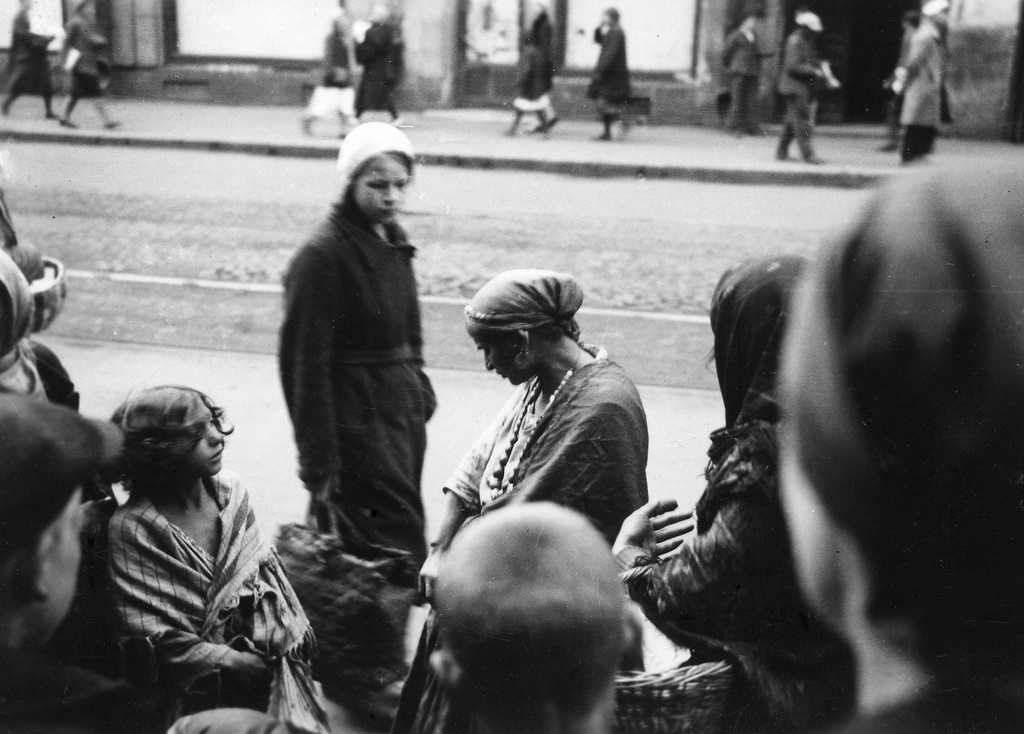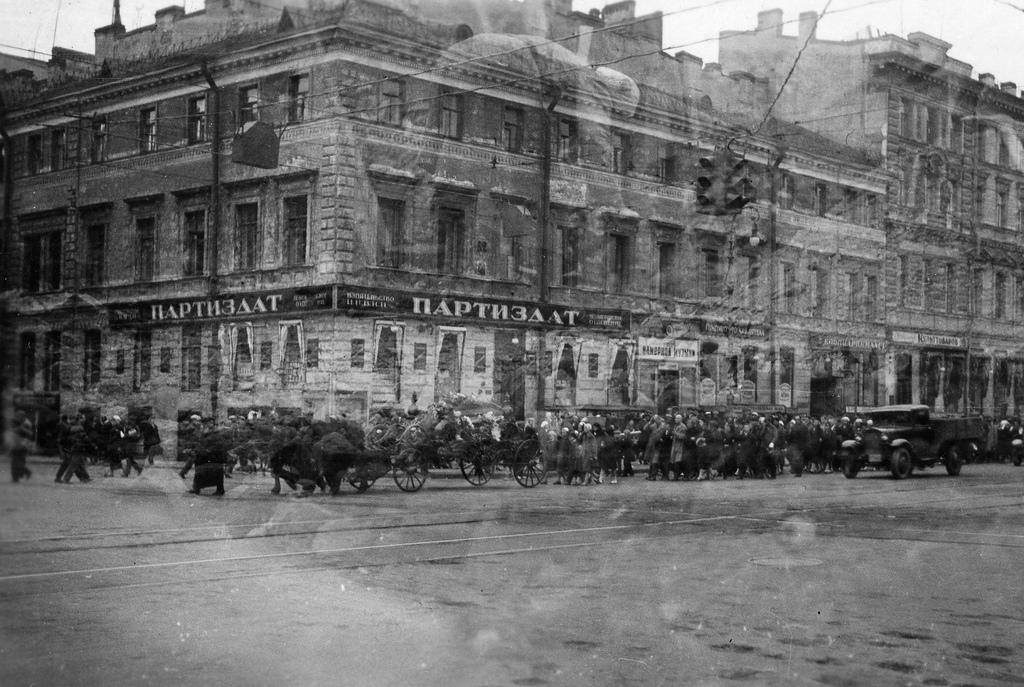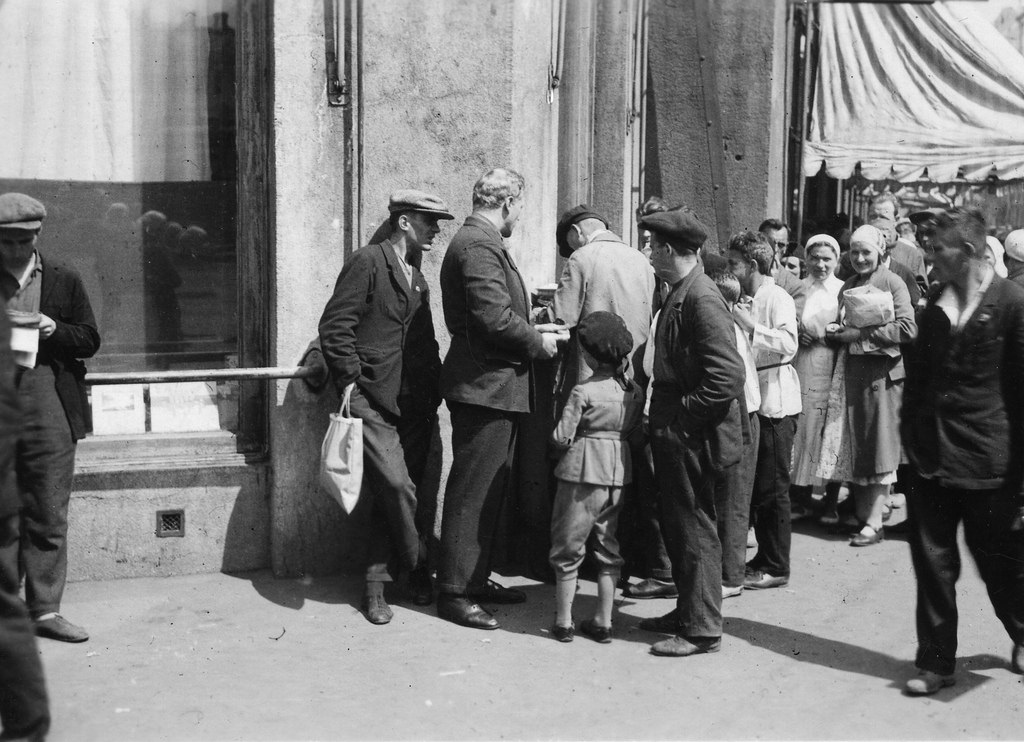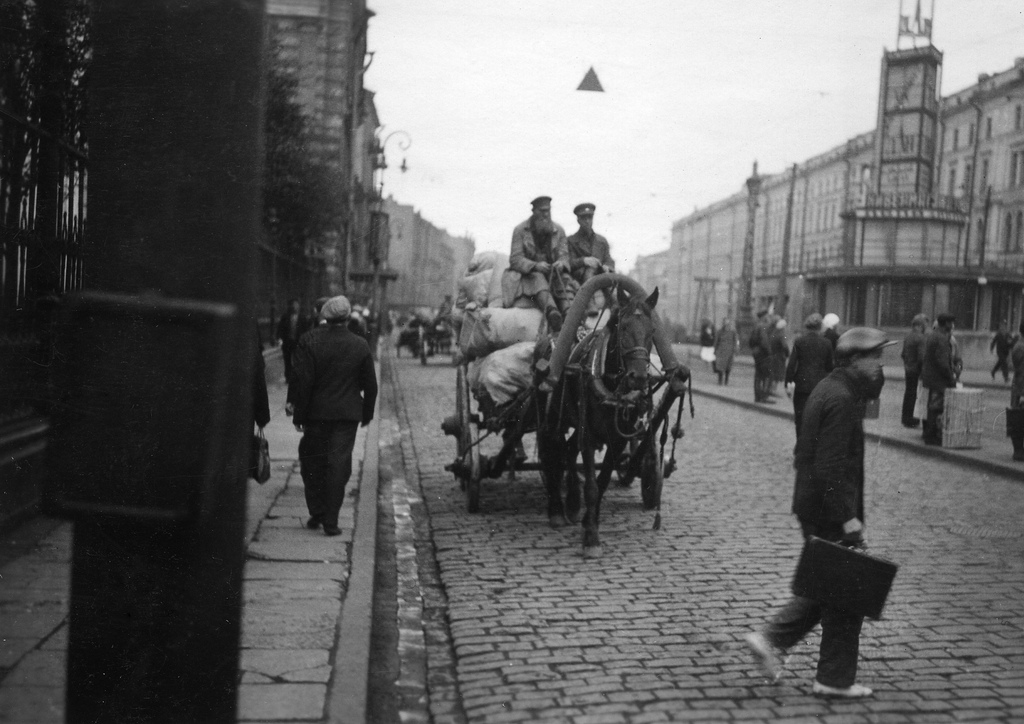Moscow in the 1930s was a city that was undergoing significant change and development. The Soviet government was pursuing an ambitious industrialization campaign aimed at catching up with the industrialized nations of the West. This was accompanied by a series of economic plans, including the first five-year plan, which focused on increasing the output of heavy industry such as steel and coal. This period in Moscow’s history is often referred to as the Stalinist era, as it was marked by the brutal dictatorship of Joseph Stalin and his efforts to transform the Soviet Union into a modern industrialized state. One of the most significant developments during this time was the construction of the Moscow Metro. The Metro was first proposed in the 1900s, but construction did not begin until 1932. The Metro was intended to provide a reliable and efficient means of transportation for the city’s residents and was built with an eye towards both practicality and aesthetics. The stations were designed to be grand and imposing, with marble and granite finishes and intricate mosaics and sculptures. The first line of the Metro opened in 1935, and it has been expanded and modernized many times since then. Today, the Metro is an essential part of Moscow’s infrastructure, with millions of people using it every day. Another notable development during the 1930s was the construction of the Palace of Soviets. The Palace was intended to be the tallest building in the world, with a height of 415 meters. The building was designed to be a symbol of the Soviet Union’s power and modernity and was meant to house the country’s government and other important institutions. However, the Palace was never completed, as construction was halted due to a number of factors, including the outbreak of World War II. Today, the site where the Palace was supposed to be built is home to the Cathedral of Christ the Savior, which was built in the 1990s. The 1930s were also a time of great cultural development in Moscow. The city was home to many of the country’s most notable writers and artists, and it was a hub for artistic and intellectual activity. Many of the era’s most famous works of literature and art were produced in Moscow during this time. The city was also home to a thriving theater scene, with many new plays and performances staged during the decade. Film was also a popular medium, with many classic films being produced during the era, including Sergei Eisenstein’s “Battleship Potemkin.” Despite the many changes and opportunities of the 1930s, it was also a time of great hardship for many Muscovites. The policies of the Soviet government, particularly those related to collectivization, led to famine and hardship in many parts of the country. Many people in the city struggled to make ends meet, and the government’s harsh policies towards dissenters led to widespread fear and repression. Stalin’s purges in the late 1930s led to the execution of many prominent intellectuals, artists, and political figures, further cementing his grip on power and leading to a climate of fear and paranoia.
(Photo credit: Eirik Sundvor). Notify me of new posts by email.
Δ Subscribe
